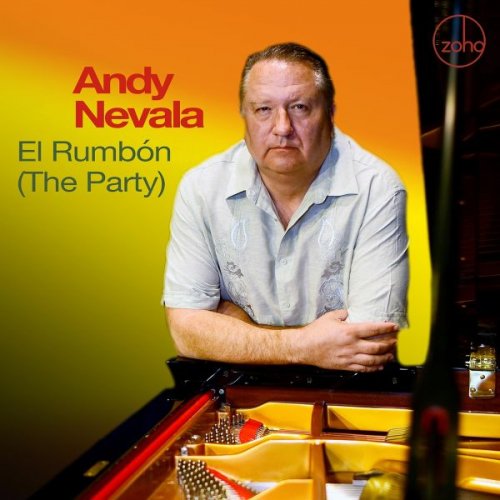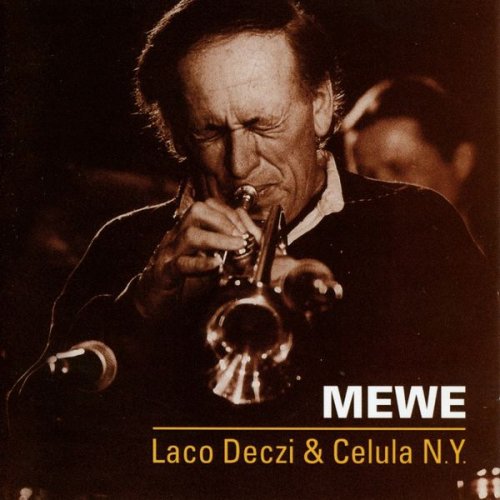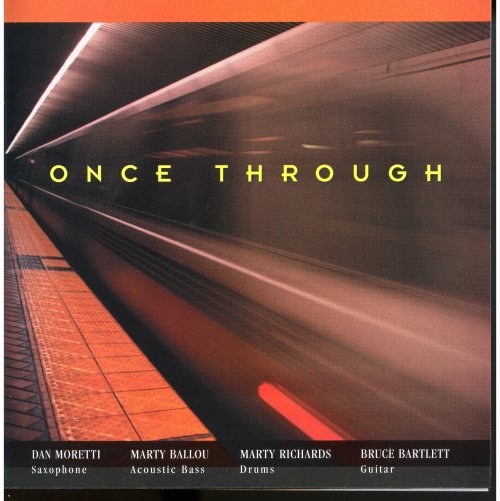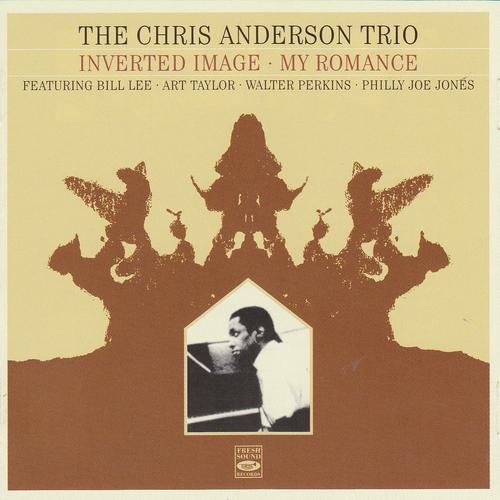Duo Ahlert & Schwab - Weiss, Hoffmann: Sonatas for Lute and Mandolin (2007)
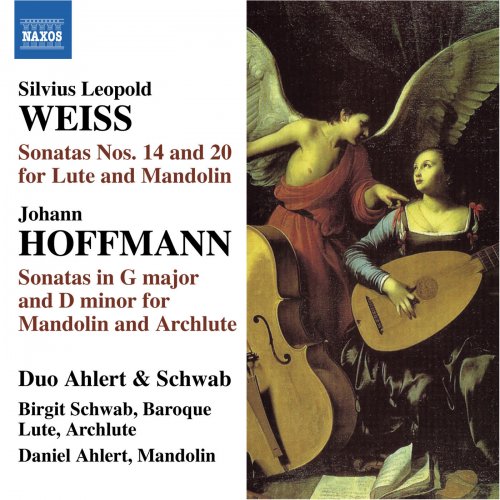
Artist: Duo Ahlert & Schwab
Title: Weiss, Hoffmann: Sonatas for Lute and Mandolin
Year Of Release: 2007
Label: Naxos
Genre: Classical
Quality: FLAC (tracks) / MP3 320 Kbps
Total Time: 01:05:55
Total Size: 288 / 169 mb
WebSite: Album Preview
Tracklist: Title: Weiss, Hoffmann: Sonatas for Lute and Mandolin
Year Of Release: 2007
Label: Naxos
Genre: Classical
Quality: FLAC (tracks) / MP3 320 Kbps
Total Time: 01:05:55
Total Size: 288 / 169 mb
WebSite: Album Preview
Silvius Leopold Weiss (1687–1750)
[1]-[6] Sonata No. 20 in D minor for Lute and Mandolin 1, 3
[7]-[12] Sonata No. 14 in G minor for Lute and Mandolin 1, 3
Johann Hoffmann (1770–c.1814)
[13]-[15] Sonata in G major for Mandolin and Archlute 3, 2
[16]-[18] Sonata in D minor for Mandolin and Archlute 3, 2
Performers:
Birgit Schwab Baroque Lute 1, Archlute 2
Daniel Ahlert Mandolin 3
Duo Ahlert & Schwab have dedicated themselves, through their choice of instruments, to one of the smallest repertoires to be found in the classical music pantheon, that for guitar and mandolin. On this Naxos' effort, Daniel Ahlert plays the mandolin, and Birgit Schwab takes Baroque guitar and archlute parts in works of Sylvius Leopold Weiss and Giovanni Hoffmann. Being German, they identify Giovanni Hoffmann under the wholly inauthentic name of "Johann Hoffmann," which can lead to some confusion. However, there is no confusion about Weiss, who never wrote mandolin music that anyone knows of and might never have played one, although the notes state, "it is very probable that Weiss would have encountered mandolin players among his many Italian colleagues in Dresden." In addition, one could question just who would be playing the archlute in Giovanni Hoffmann's time, as his mandolin sonatas appeared in the late 1790s and the archlute faded into history some 50 years earlier than that.
Despite their being adaptations, or rather "arrangements" -- a word shunned by most period-instrument players, though appropriate for use in this context -- the Weiss and Hoffmann pieces do sound nice on this combination of instruments, no matter how "authentic" the method of transmission. The playing of Duo Ahlert & Schwab is very dedicated and unified in spirit; they gently tug at the tempo here and there and seem to instinctively know when one or the other are going to pull back on the temporal reins a little bit. The recording was made at the Museum Huelsmann in Bielefeld, Germany, under the auspices of the Gesellschaft zur Fórderung der Westfällischen Kulturarbeit, a nonprofit organization based in Münster that encourages artistic achievement in Westphalia, a region in Western Germany near Belgium. It is a strangely dry recording, and the separation of the two instruments into the left and right channels is a bit too discrete and not natural sounding. Nevertheless, one gets used to the sound, and the mandolin playing is of exceptional quality throughout.
Despite their being adaptations, or rather "arrangements" -- a word shunned by most period-instrument players, though appropriate for use in this context -- the Weiss and Hoffmann pieces do sound nice on this combination of instruments, no matter how "authentic" the method of transmission. The playing of Duo Ahlert & Schwab is very dedicated and unified in spirit; they gently tug at the tempo here and there and seem to instinctively know when one or the other are going to pull back on the temporal reins a little bit. The recording was made at the Museum Huelsmann in Bielefeld, Germany, under the auspices of the Gesellschaft zur Fórderung der Westfällischen Kulturarbeit, a nonprofit organization based in Münster that encourages artistic achievement in Westphalia, a region in Western Germany near Belgium. It is a strangely dry recording, and the separation of the two instruments into the left and right channels is a bit too discrete and not natural sounding. Nevertheless, one gets used to the sound, and the mandolin playing is of exceptional quality throughout.
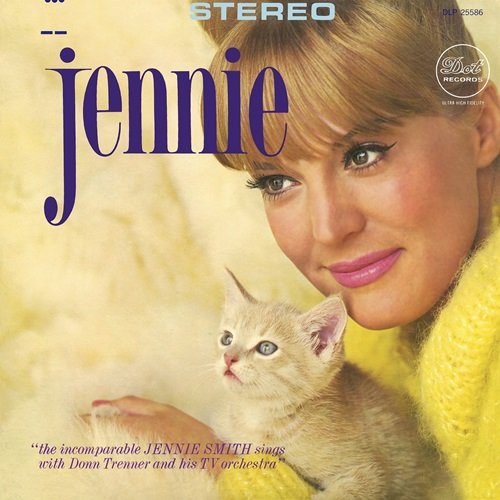
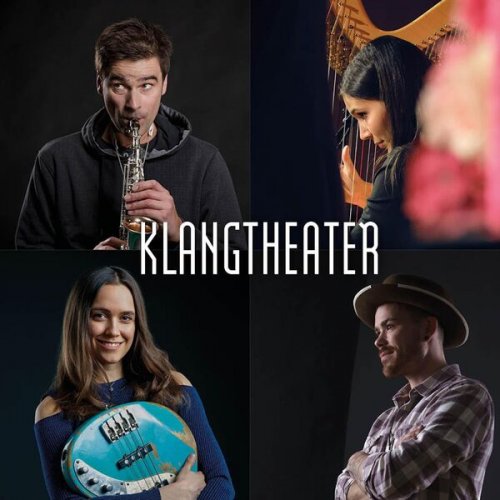
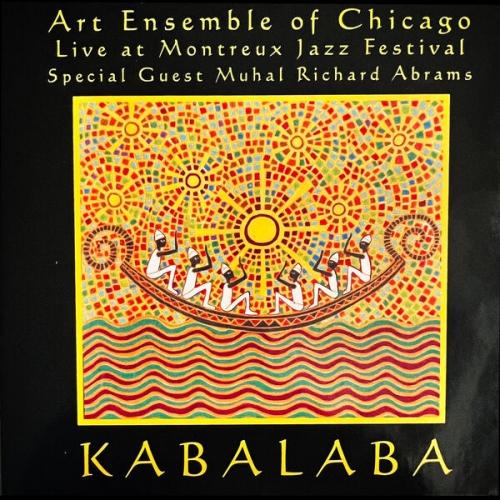
![Quadro Nuevo - Inside The Island (2025) [DSD256] Quadro Nuevo - Inside The Island (2025) [DSD256]](https://www.dibpic.com/uploads/posts/2026-01/1767895346_folder.jpg)
